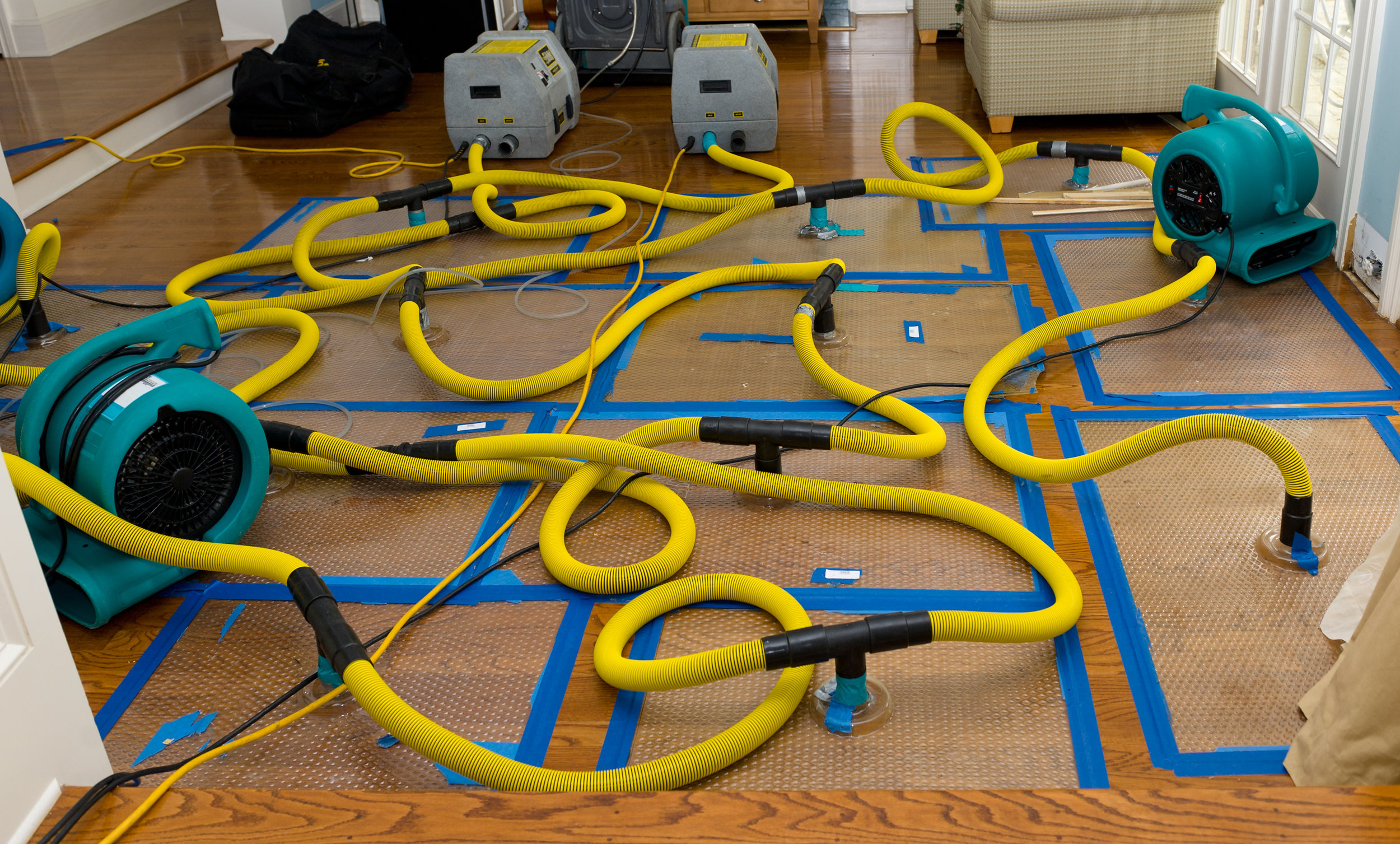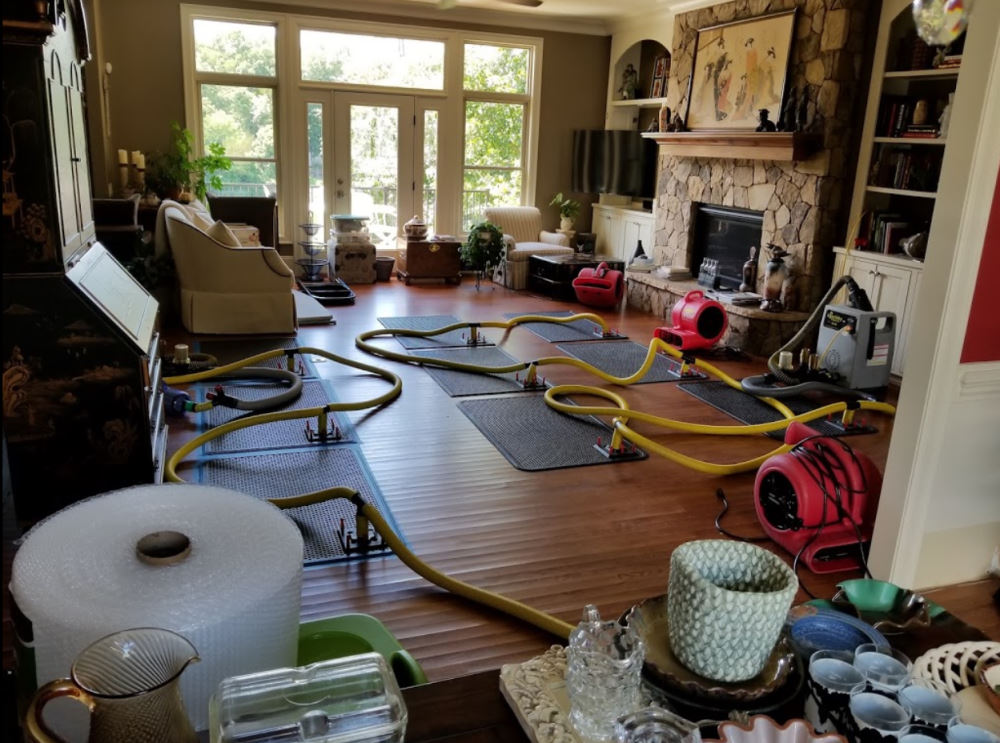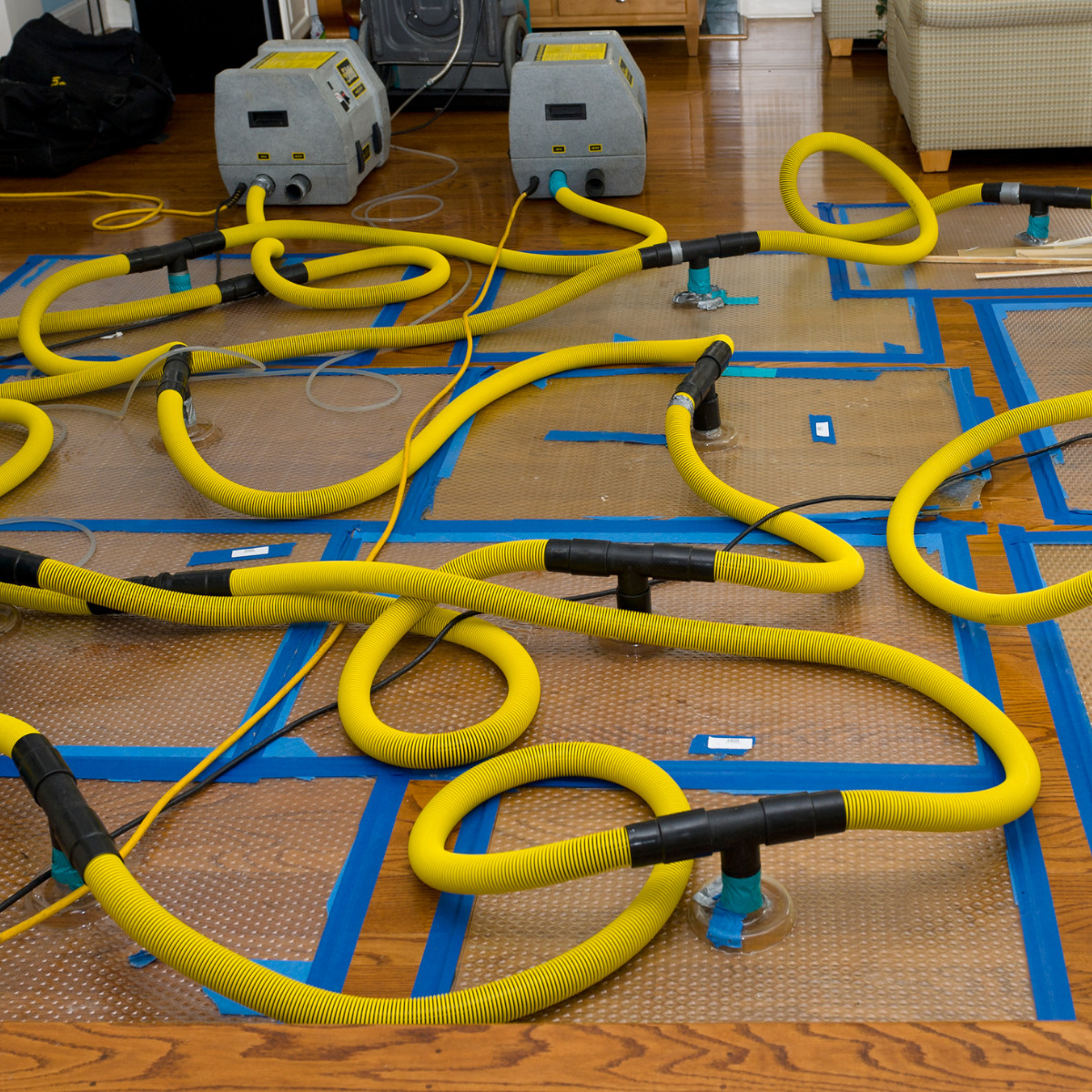How to Prevent Mold Growth After Water Damage Cleanup
Crucial Actions to Follow for Reliable Water Damages Remediation in your house
When encountered with water damage in your house, understanding the vital actions for efficient restoration can make all the distinction. You need to analyze the damage and guarantee safety and security before tackling the issue. Stopping the resource of water is important, yet it's just the start. When you've handled that, there's a collection of actions you have to take to shield your property from additional issues. Allow's discover what you ought to do following.
Examine the Damages
The first action is to analyze the damage completely when you uncover water damage in your home. Begin by recognizing the source of the water intrusion. Look for leakages, ruptured pipelines, or various other concerns causing the problem. Next, examine the affected areas for visible signs of damages, consisting of staining, mold, or warping development. Don't forget to look in concealed places like behind wall surfaces or under floor covering, as water can seep into these locations unnoticed.Document the damages by taking clear photos and notes. This will certainly aid you when discussing the situation with your insurance coverage service provider or reconstruction specialists. Take note of the kind of materials influenced, as various products need different remediation methods. Lastly, assess the extent of the damages. Is it minor or substantial? Understanding the extent will certainly direct you in choosing whether to handle it yourself or employ the professionals for a more considerable reconstruction process.

Ensure Security
Before you start any type of repair job, assuring your safety and security is essential. Initially, analyze the problem of your home. If the water's deep or if you see electric threats, do not get in the location. Shut off the electrical power and gas supply to avoid accidents. Wear protective equipment like masks, boots, and gloves to secure on your own from impurities or mold.It's crucial to remain conscious of your surroundings; look for slippery surfaces and sharp objects. Treat it as hazardous waste if the water is from a sewage backup. Maintain animals and children far from influenced locations to avoid exposure.Once you've taken these precautions, you can wage the repair process. Bear in mind, your safety and security comes initially, and if you're ever unclear, it's ideal to get in touch with a specialist. Taking these steps will certainly assist ensure you prepare to take on the remediation safely and effectively.
Stop the Resource of Water
After guaranteeing your safety and security, the next action is to quit the source of water. Recognize where the leakage is originating from. It can be a burst pipe, a malfunctioning appliance, and even hefty rainwater entering through a harmed roof. Turn off the primary water supply to your home to avoid additional flooding if it's a pipes problem. For devices, disconnect them and shut down their water valves.If the source is outdoors, like rain, try to divert it away from your home making use of sandbags or other barriers. For small leakages, you might be able to utilize tape or a sealer temporarily up until a professional can fix it. Bear in mind, dealing with the source promptly is important to lessening damages and avoiding mold development. As soon as you've stopped the water, you'll be in a much better placement to relocate on to the following action in the remediation procedure.

Remove Excess Water
Act promptly to eliminate excess water, as standing water can lead to a lot more extensive damage and mold and mildew development. Initially, collect your tools: a wet/dry vacuum cleaner, buckets, and towels. You can make use of towels to soak up the dampness if the water is shallow. For much deeper water, a wet/dry vacuum cleaner is your finest bet. Make certain to empty the vacuum regularly to prevent overflow.If the water is infected, like from a sewage back-up, wear protective equipment, including masks and handwear covers, to keep on your own safe. When you have actually eliminated as much water as feasible, look for concealed pockets of moisture in corners and under furnishings, as these can harbor mold.Don' t forget to transform off electric appliances and power electrical outlets in damp areas to stop threats. This preliminary action is important in decreasing damage and establishing the stage for a successful remediation process.
Dry and Dehumidify the Location
It's necessary to completely dry and evaporate the location completely when you have actually removed the excess water. Beginning by utilizing dehumidifiers effectively to pull wetness out of the air and stop mold and mildew growth. Maintain an eye on humidity degrees to assure the area dries out completely.
Remove Standing Water
To successfully tackle water damages, you need to concentrate on removing standing water as quickly as possible. Start by gathering required tools, like a wet/dry vacuum or a pump, depending upon the volume of water. If the water is shallow, a vacuum cleaner needs to do the method. For larger quantities, a pump is extra effective. While working, make certain to use safety equipment to keep on your own secure from contaminants. As you get rid of the water, pay interest to hidden locations like under furnishings or in corners where water might gather. Your room will start to dry out when you've removed the majority. This step is necessary, as remaining water can result in mold and mildew development and more comprehensive damages.
Use Dehumidifiers Effectively
Just how can you efficiently use dehumidifiers to completely dry and dehumidify your space? Beginning by putting your dehumidifier in one of the most damaged area, preferably where water damage is most severe. Make certain to close all doors and windows to develop a closed environment. Activate the dehumidifier and set it to the ideal humidity degree, normally around 30-50%. Empty the water collection tank regularly, or take into consideration using a design with a continuous drain alternative for convenience. If feasible, make use of followers to boost airflow, assisting the dehumidifier job much more effectively. Maintain the dehumidifier running until you're positive that the location is thoroughly dried, protecting against mold growth and additional damage (Water Damage Cleanup). This action is crucial for efficient water damage reconstruction
Screen Moisture Degrees
Tracking moisture levels is crucial throughout the drying out procedure, as it helps assure your area continues to be devoid of excess dampness. Purchase a dependable hygrometer to track humidity properly. Preferably, you intend to maintain levels between 30% and 50%. If humidity analyses increase over this range, you may require to adjust your fans or dehumidifiers to boost air movement. Inspect the readings routinely, particularly in locations susceptible to wetness, like restrooms or basements. Take into consideration raising air flow or using added dehumidifiers if you observe consistent high humidity. Staying on top of these degrees not only speeds up the drying procedure however likewise stops mold and mildew growth, ensuring your home stays comfortable and safe.
Tidy and Disinfect Affected Surfaces

Bring back and Repair Your Home
After cleaning and disinfecting the influenced areas, it's time to recover and repair your home. Begin by reviewing the damage. Look for structural concerns, like compromised floorings or walls, and resolve any type of required repairs. Changing harmed drywall or floor covering is vital for both aesthetics and safety.If your furnishings or possessions were affected, think about whether they can be restored or need substitute. Tidy or expertly recover products where possible.Next, touch and repaint walls up any kind of locations that require attention. This not just improves look yet also safeguards surface areas from future water damage.Don' t neglect to check your plumbing and appliances for leaks, making certain everything's working effectively. Take into consideration installing a dehumidifier to avoid future wetness problems. By taking these steps, you'll restore your home to its former magnificence and produce a much safer living atmosphere.
Often Asked Concerns
The Length Of Time Does Water Damages Repair Commonly Take?
Water damage reconstruction typically takes anywhere from a few days to a number of weeks, depending upon the level of the damages (Smoke Damage Restoration). You'll want to evaluate the circumstance swiftly to lessen additional difficulties and assure proper restoration
Will My Insurance Cover Water Damage Remediation Expenses?
Your insurance coverage may cover water damage restoration prices, but it relies on your plan. Check your coverage information and contact your insurance representative to clarify what's consisted of and what you need to submit a claim.
Can I Take Care Of Water Damages Reconstruction Myself?
You can take care of water damages repair yourself, but it's vital to assess the scenario initially. If it's substantial, you might want to call specialists. Constantly focus on safety and security and ensure you've got the right devices.
What Are the Signs of Hidden Water Damages?
You might observe signs of covert water damages like deformed walls, moldy odors, or staining. If your floorings really feel spongy or you spot mold, it's time to explore even more before the circumstance aggravates.
Exactly How Can I Prevent Future Water Damages in My Home?
To protect against future water damage in your home, you need to on a regular basis check plumbing, seal cracks, maintain rain gutters, and assurance proper drainage. Installing a sump pump and moisture barriers can also help keep your room dry. When you discover water damage in your home, the first step is to assess the damage completely. Act rapidly to eliminate excess water, as standing water can lead to much more substantial damages and mold growth. To successfully tackle water damages, you require to focus on removing standing water as swiftly as possible. As you remove the water, pay attention to concealed areas like under furniture or in edges where water could gather. Water damage restoration usually takes anywhere from a few days to numerous weeks, depending on the level of the damages.